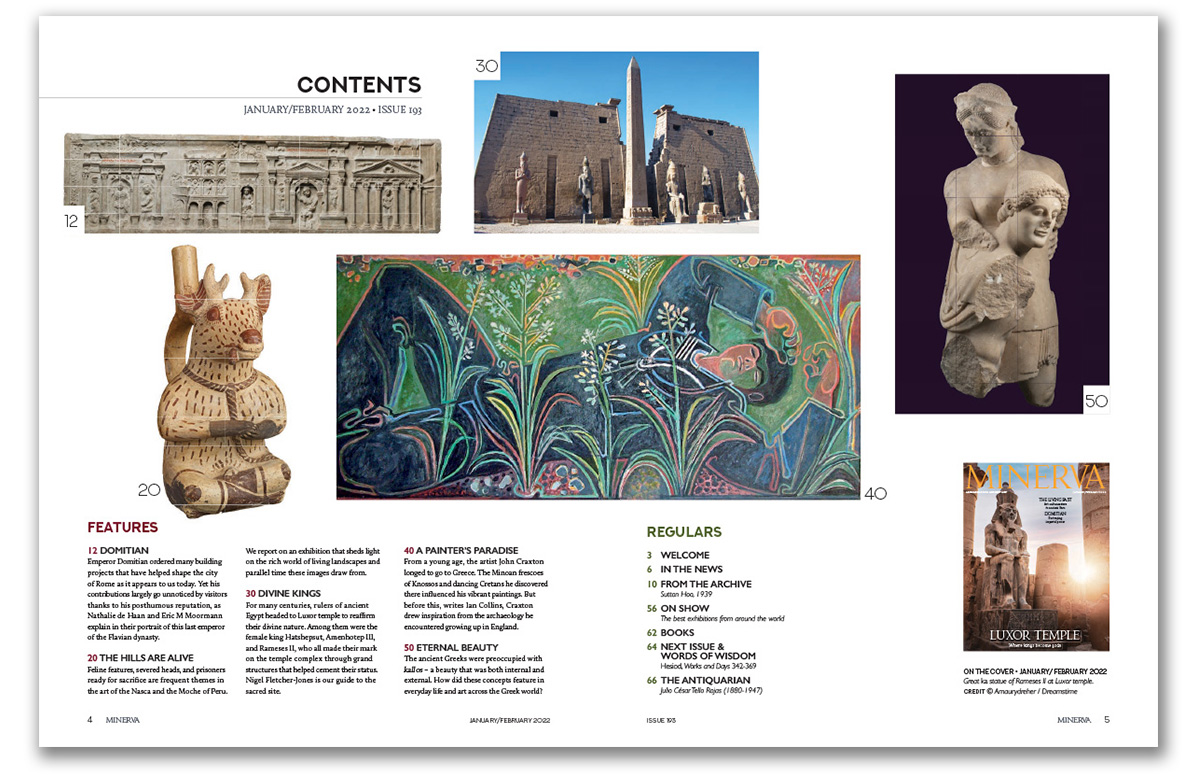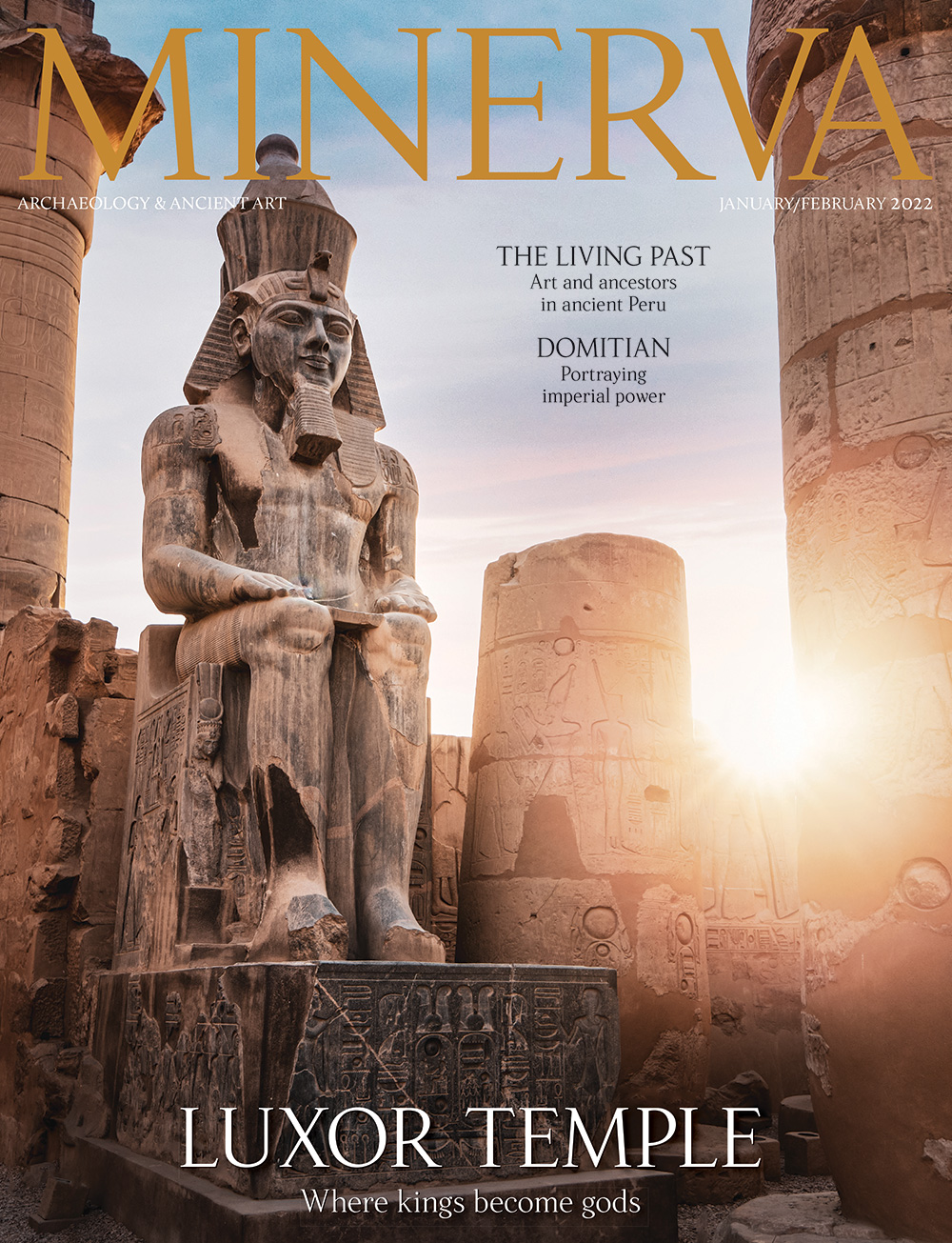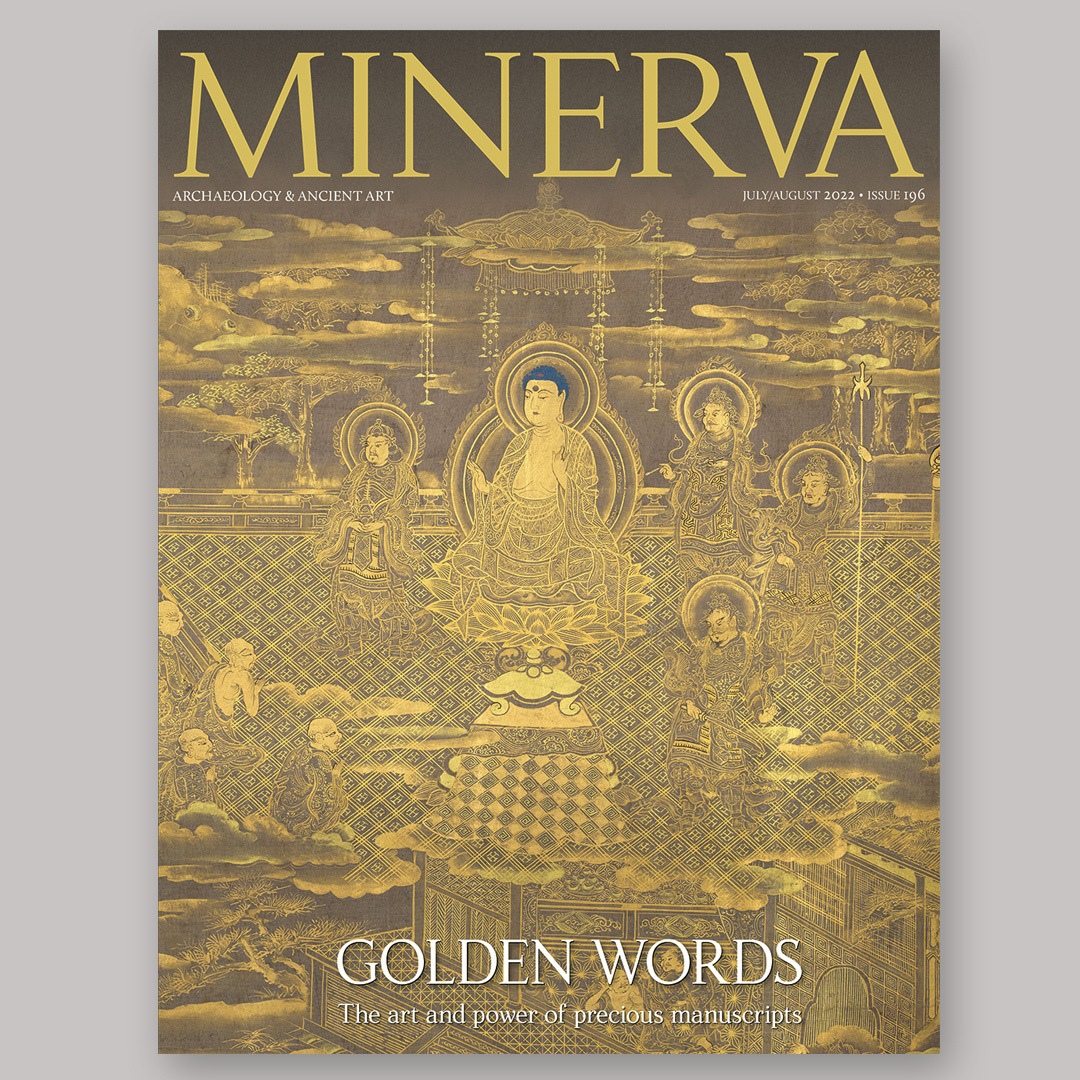Jan / Feb 2022
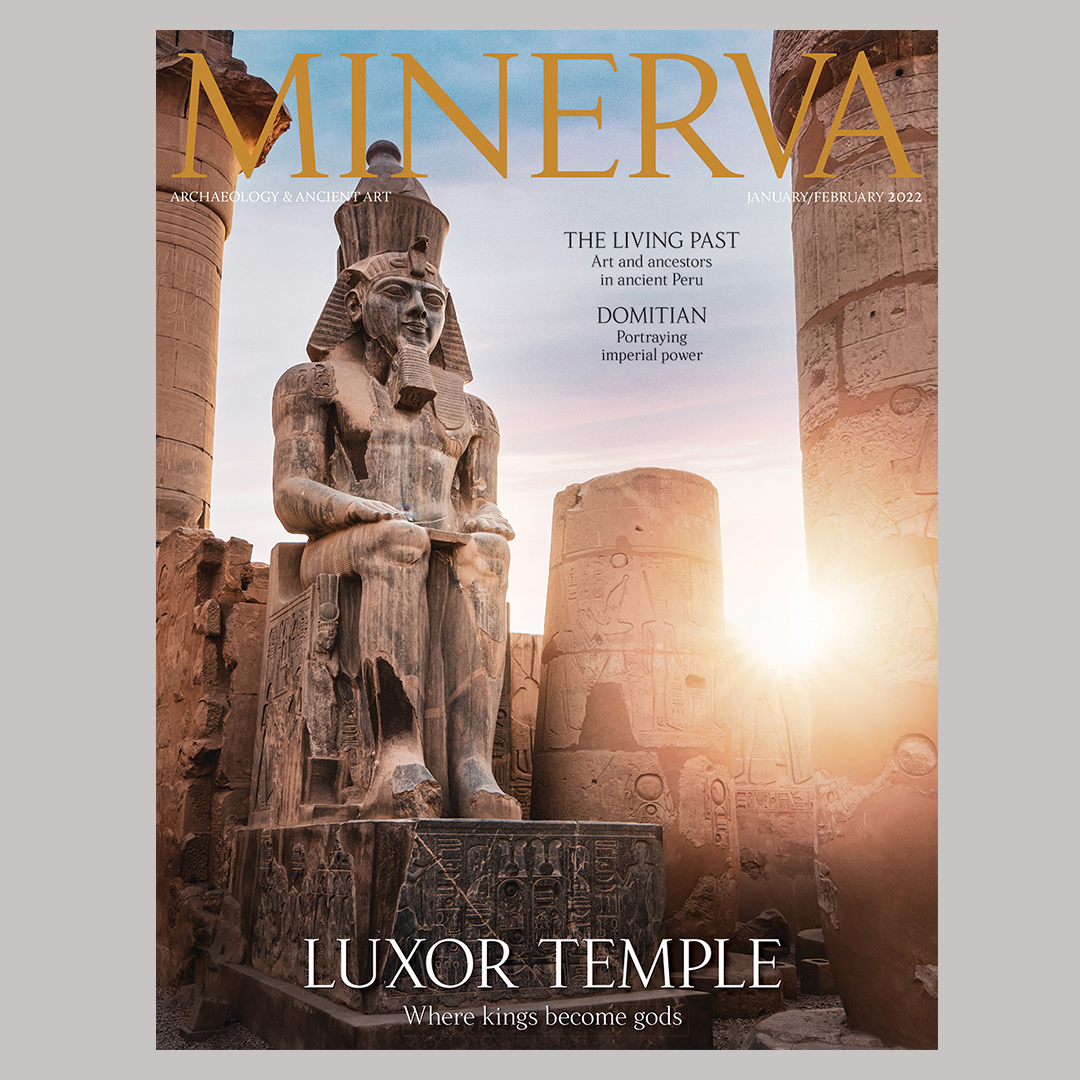
In November, the Avenue of the Sphinxes in Egypt opened to much fanfare with a dramatic staging of an ancient procession, livestreamed so that people around the world could watch online. This 2.7km-long route, lined with more than 1,000 sculptures of sphinxes and rams, connects the temples of Karnak and Luxor, where pharaohs would head to assume the divine royal essence (or ka) that flowed through Egypt’s long line of kings.
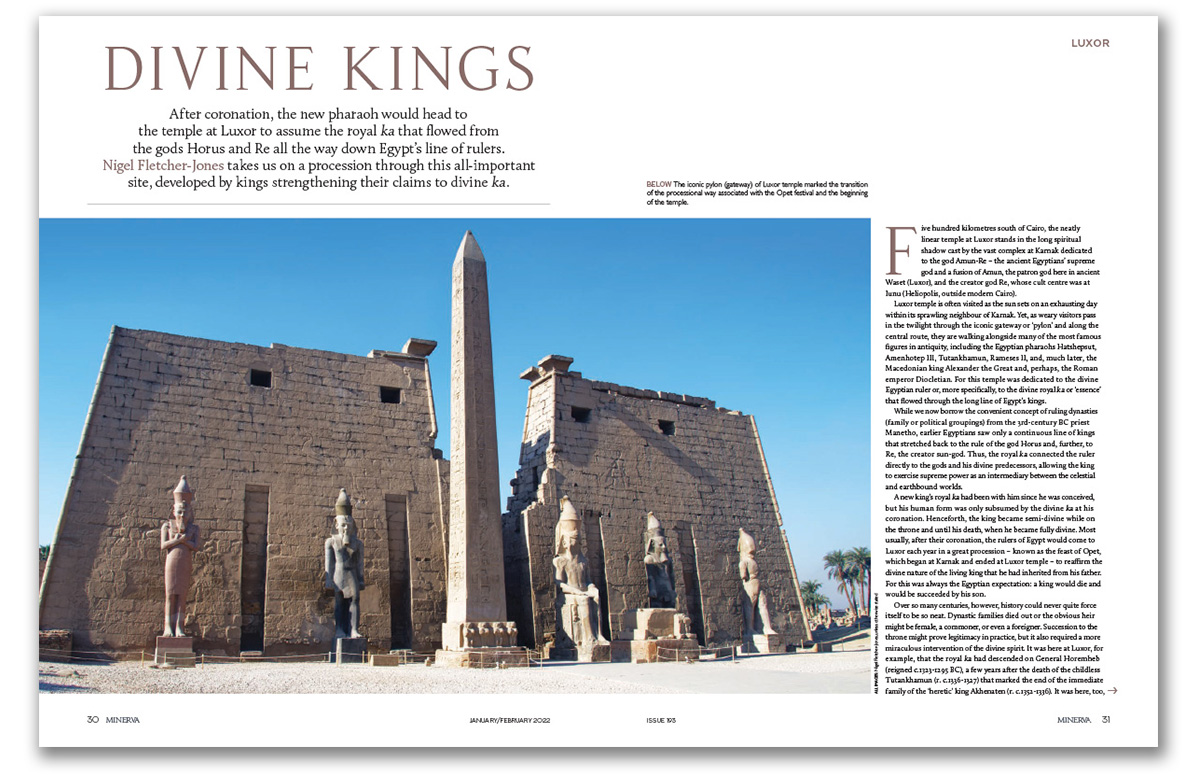
Once a year, the king would take part in the Opet festival, a grand procession from Karnak to Luxor temple that was associated with rebirth and renewal. As we head into a new year, with a spirit of renewal in the air, Nigel Fletcher-Jones delves into the ceremonies held at the site and the rulers – like Rameses II, whom we see in the imposing statue on our cover – who made their mark on the temple over thousands of years.
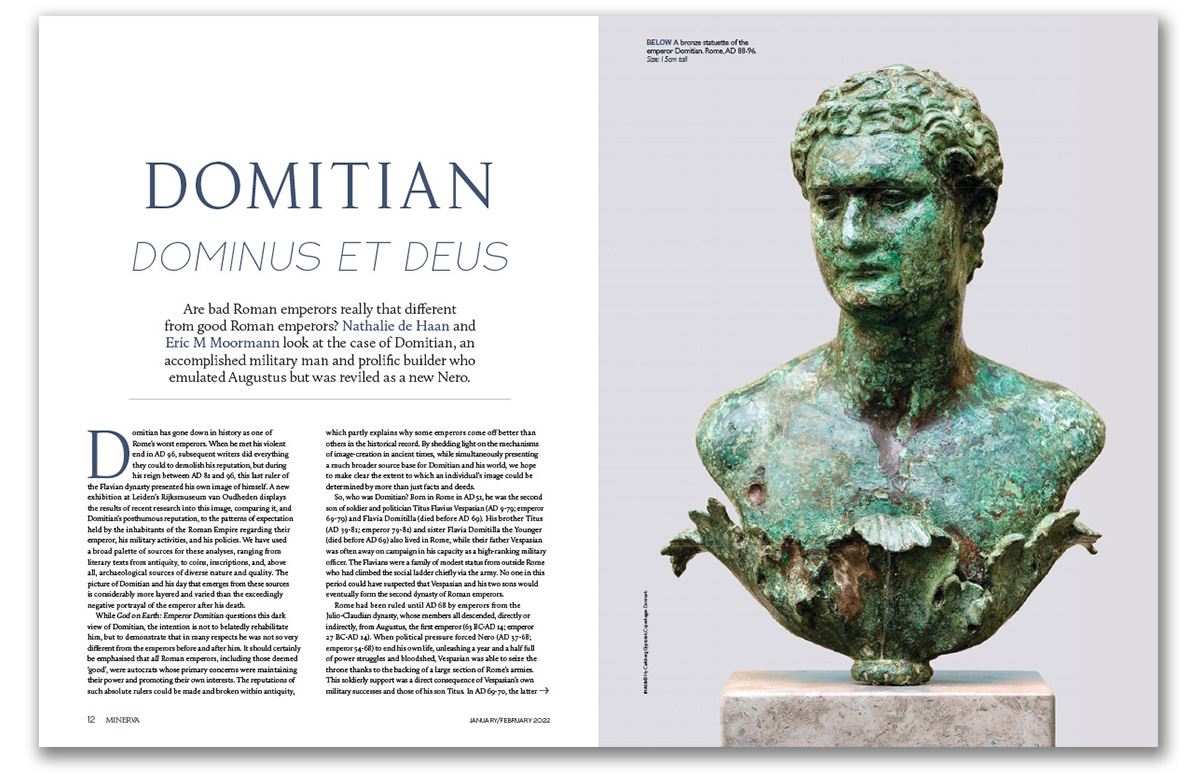
Divinity was a well-established element in Egyptian kingship, but for the Romans it was rather more complicated. While worthy emperors were deified after their deaths, Domitian made the bold decision to adopt the title dominus et deus (‘lord and god’) while he was still alive, ruffling senatorial feathers. Nathalie de Haan and Eric M Moormann, curators of a new exhibition on this powerful figure, consider the differing images of Domitian put forward by the ruler himself and by his detractors. Was he really so different from other emperors?
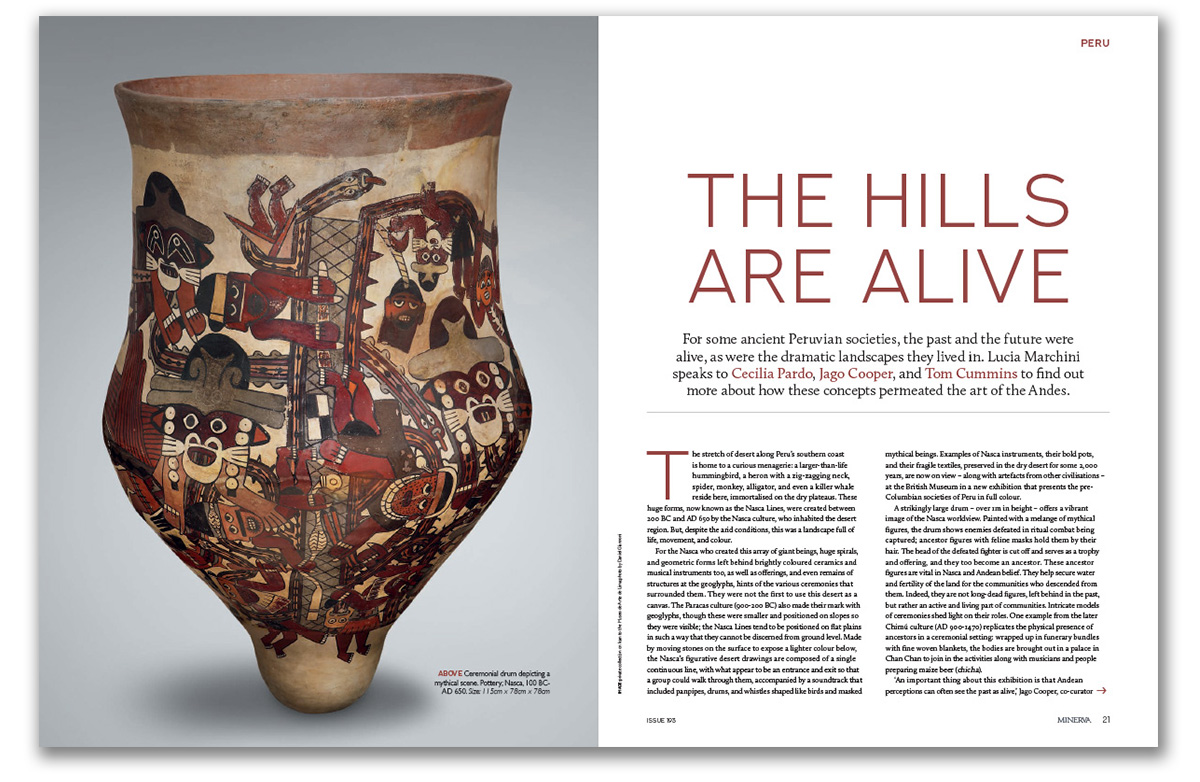
Next we turn to the art of the Nasca and Moche cultures of Peru. Both cultures illustrated a range of objects with imagery of ritual battles, sacrifices, and hybrid gods with features drawn from different animals. From the vibrant painted pots and dyed textiles of the Nasca, preserved in the desert for centuries, to the wooden sculptures of the Moche, protected by layers of guano, these artefacts offer insights into people’s relationships with different landscapes and also the past, both of which were often seen as alive in the ancient Andes.
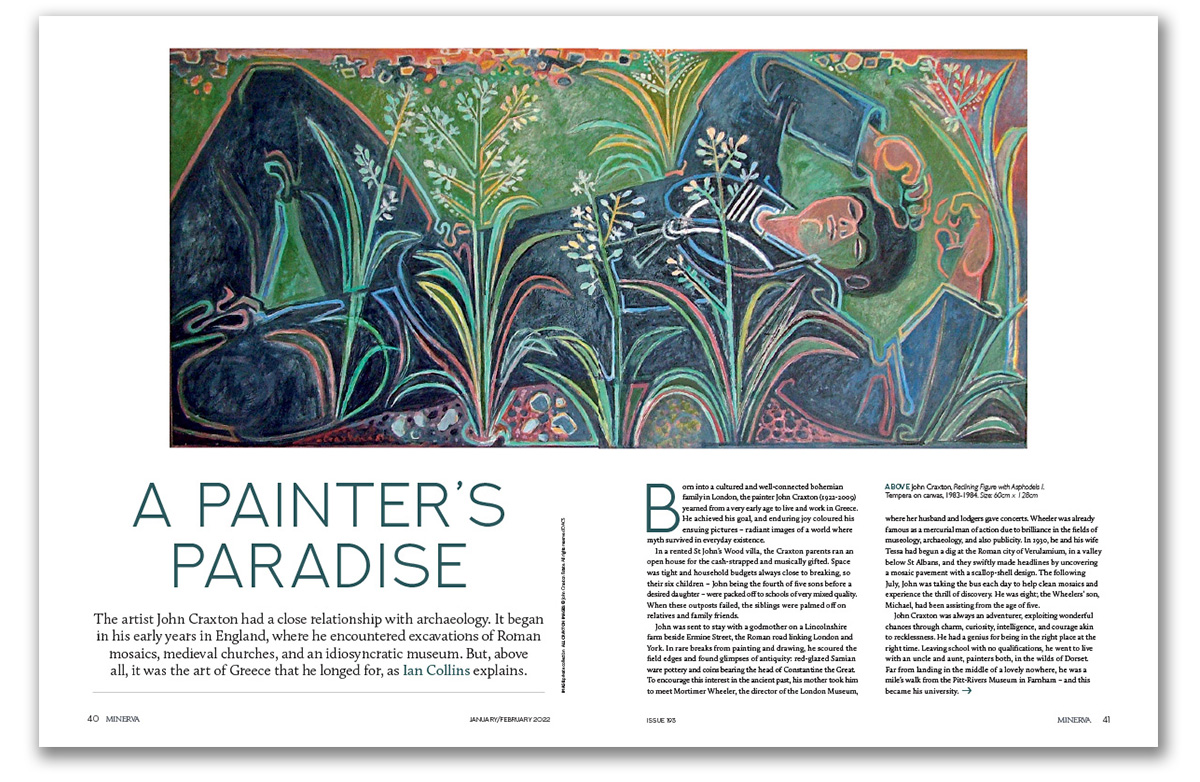
For our final two features, we look at different aspects of the Greek world. First is its profound influence on the 20th-century artist John Craxton. As Ian Collins writes, his enduring philhellenism is captured in some of his joyous, brightly coloured paintings, but, particularly in his earlier years, he was also interested in the historic landscapes of his English homeland. Finally, we explore the concept of kallos in ancient Greece, and the manifestations of this ‘beauty’ – external and internal – in art, thought, and everyday life.
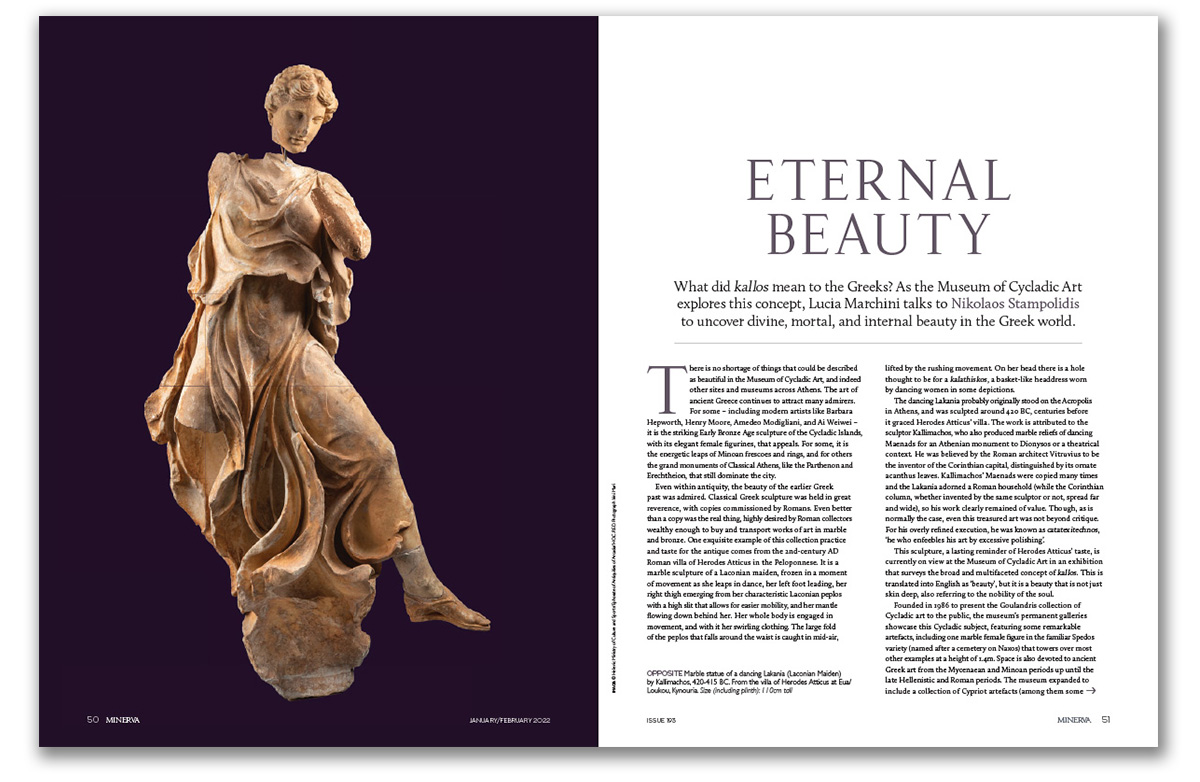
I hope you enjoy this issue, and have a Happy New Year.
